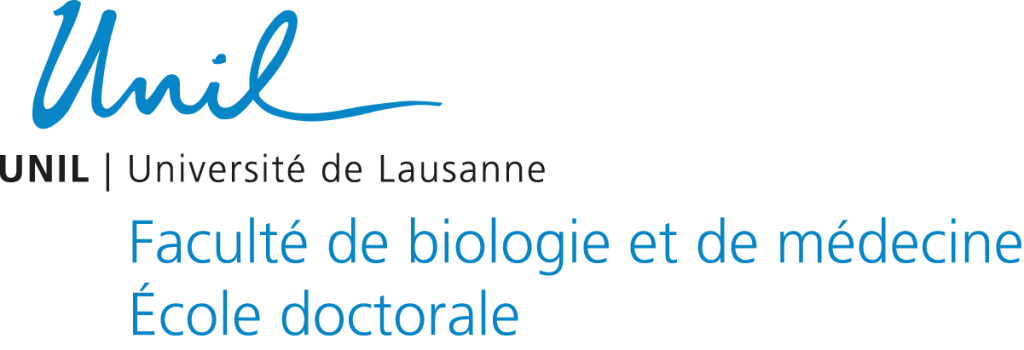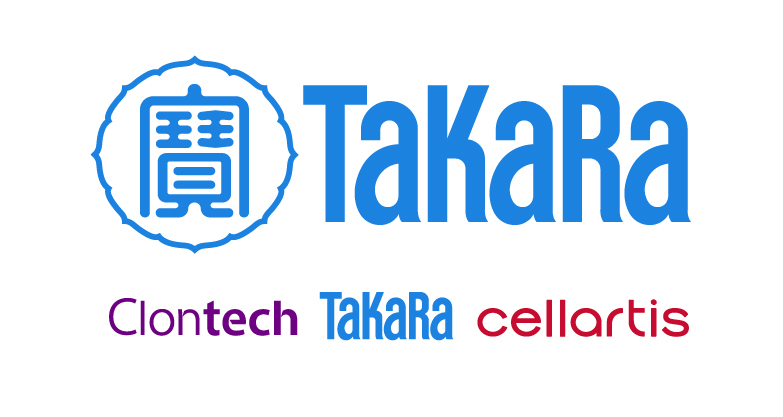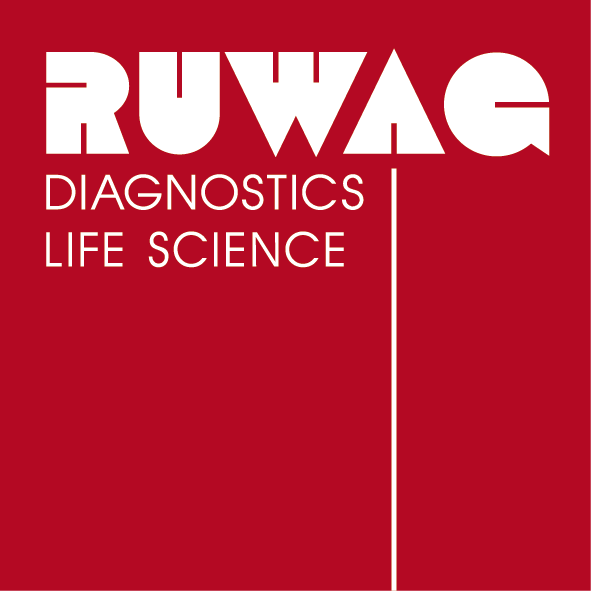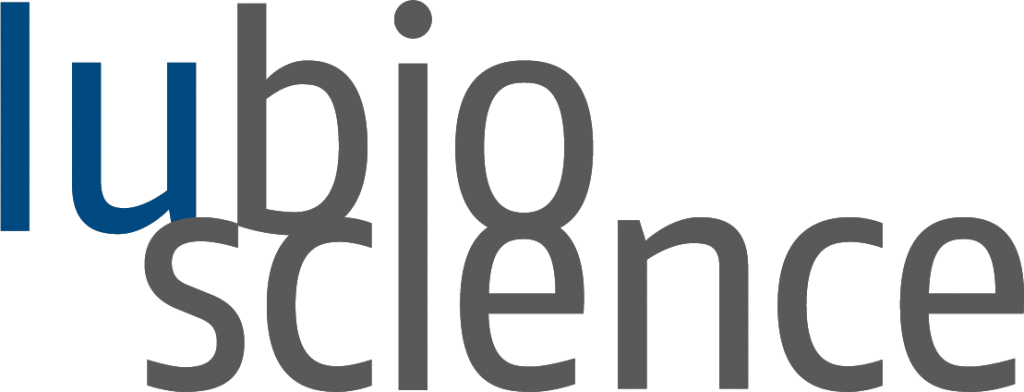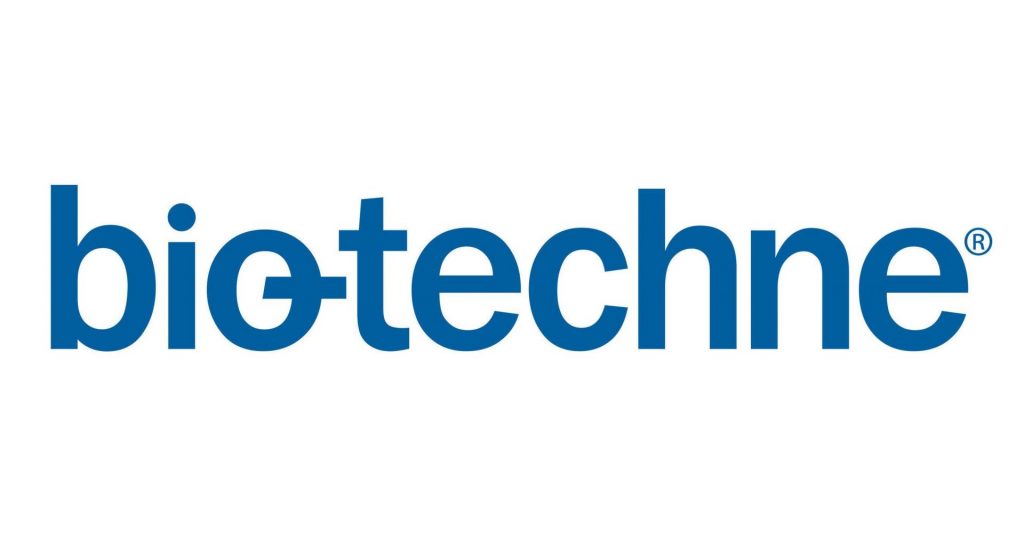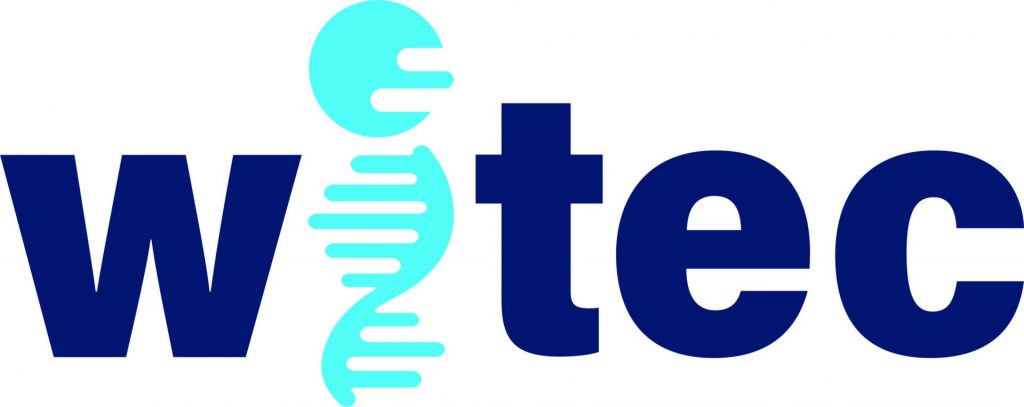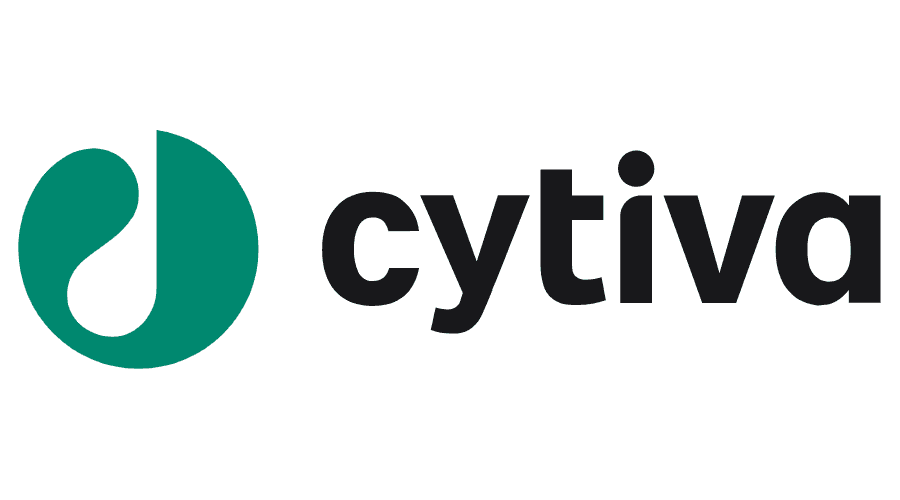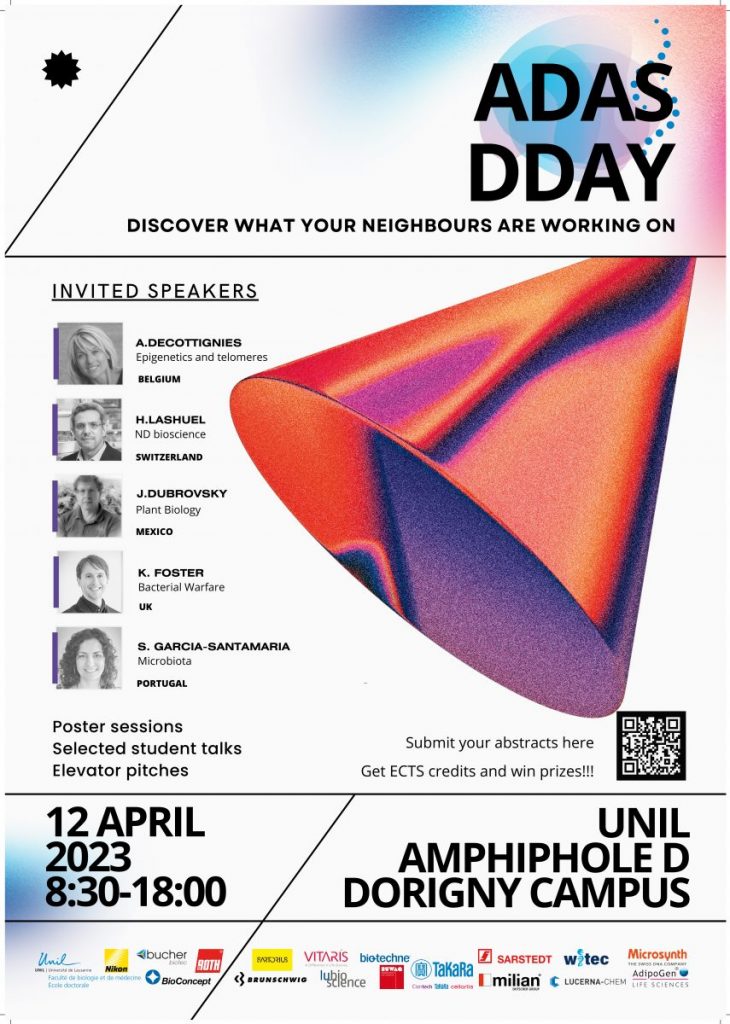
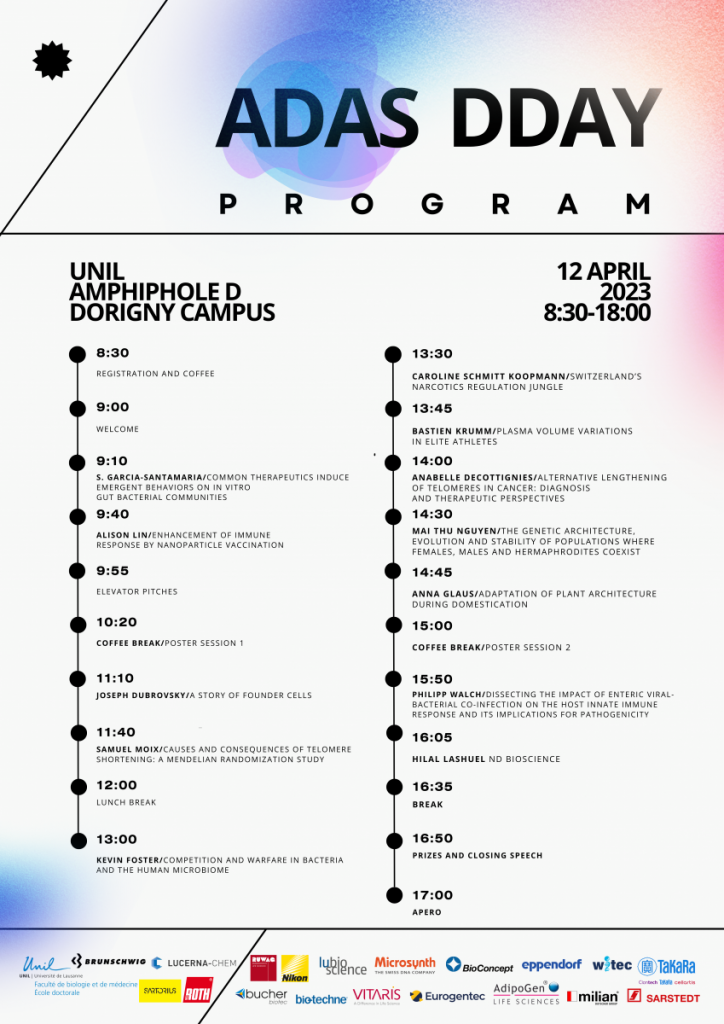
Key note speakers
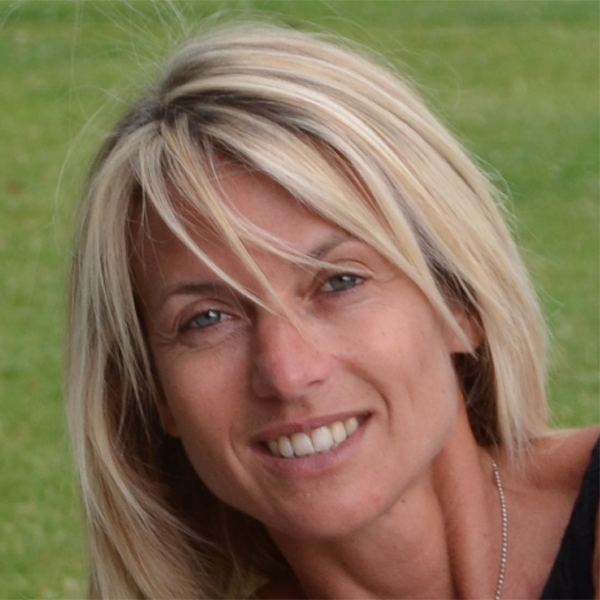
Anabelle Decottignies
UCLouvain, Brussels
ALTernative lengthening of telomeres in cancer: diagnosis and therapeutic perspectives
Replicative immortality is currently considered one of the hallmarks of cancer cells. If this hold true for most cancer cells, recent evidence from us and others indicates that activation of a telomere maintenance mechanism (TMM) is not an absolute requirement for tumor formation and metastases. Yet we estimate that 80% of cancer cells are able to maintain the length of their telomeres. Expression of the telomerase gene is reactivated in the vast majority of tumor cells, while 5 to 10% of them set up an alternative telomerase-independent mechanism called ALT and based on homologous recombination mechanisms. However, the incidence of ALT is much higher in paediatric tumors, with approximately 30% of solid tumors with this TMM. Paediatric cancers urgently need new targeted therapies with reduced overall toxicity. Since ALT is not active in normal cells, its targeting for next generation anti-cancer therapies offers interesting perspectives. In the lab, we developed new diagnostic tools for the detection of ALT on tumor sections and have identified a putative molecular target to specifically kill ALT+ cancer cells.
Hilal Lashuel
EPFL, Lausanne
ND BioSciences’ innovative solutions for tackling the complexity of neurodegenerative diseases
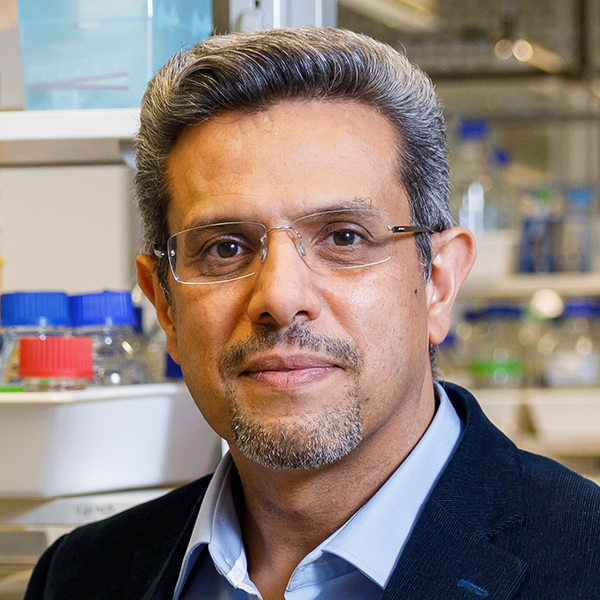
More than a century has passed since pathological protein aggregates were first identified as defining hallmarks for several neurodegenerative diseases (NDDs), including Alzheimer’s disease, and Parkinson’s disease. Over the years, converging evidence pointed to a central role of protein aggregation in the initiation and progression of NDDs. This has led to the pursuit of different small molecule and antibody-based therapeutic strategies to prevent protein aggregation or stop pathology from spreading in the brain. Yet, we still do not have effective therapies to treat or slow the progression of these devastating diseases. I will reflect on some of the reasons underlying the drug development failures in NDDs, including the failure to embrace and reconstruct the neuropathological complexity and clinical heterogeneity of NDDs. Using Parkinson’s disease as an example, I will present our unique technologies that allow for the first-time reproducing of the biochemical, structural, and functional properties of pathological protein aggregates observed in NDs. These unique capabilities are used by ND Biosciences to develop next-generation therapeutics and diagnostics for neurodegenerative diseases.
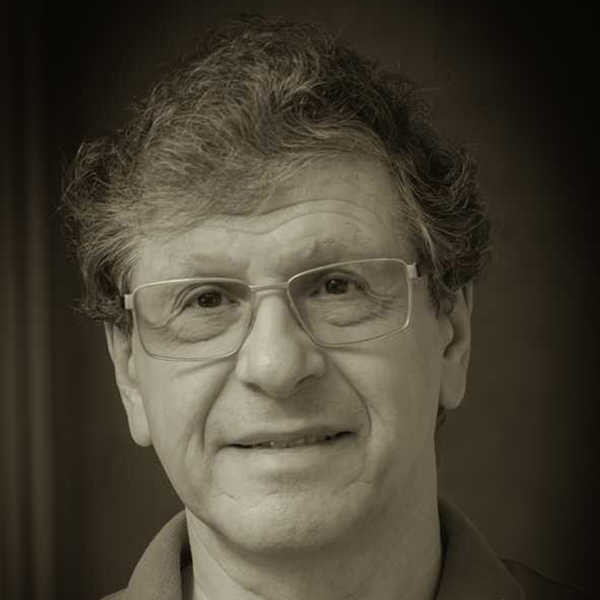
Joseph Dubrovski
Universidad Nacional Autónoma de México, Mexico
A story of founder cells
Rapid lateral root (LR) branching is essential for seedling establishment, the root system architecture, and plant growth. Regardless of the importance of LR development for proper function of root systems, even in a model species, Arabidopsis thaliana, our understanding of LR primordium (LRP) initiation and morphogenesis is fragmentary. How many pericycle founder cells (FCs) give rise to an LR, in what way they are involved in initiation process, whether all FCs are activated simultaneously, and whether LRP morphogenesis is somehow linked to the initiation process are all unanswered questions. To address them we first performed a clonal analysis and deduced that in most cases, just one pericycle FC starts LRP formation. This conclusion suggested (1) the existence of a stage 0 of LRP formation that precedes the first anticlinal symmetric and next asymmetric divisions leading to stage I LRP and (2) that after LRP initiation, new FCs should be gradually recruited from pre-existing pericycle cells. Next, to understand how these processes take place in vivo and confirm these possibilities, we performed time-lapse laser confocal microscopy experiments of long duration (24 and 50 h) using live root imaging. We developed “Live Plant Cell Tracking” (LiPlaCeT, https://doi.org/10.1093/plphys/kiab530) plugin coupled to the publicly available ImageJ image analysis program and generated a pipeline that allowed 4D cell tracking and lineage analysis of LRP cells. With this analysis we confirmed that in most cases the LRP initiation starts from a single FC and that after its specification, laterally and longitudinally adjacent FCs become gradually, progressively, and non-stereotypically recruited for LRP morphogenesis in an auxin-dependent manner. We also showed that the FCs are capable of gradual building a morphogenetic field contributing to LRP morphogenesis. This gradual recruitment of pericycle cells is spread longitudinally and tangentially and involves previously unrecognized phloem adjacent pericycle FCs. While laterally adjacent FCs become recruited in the LR formation, the descendants of previously involved and centrally located FCs pass through a number of cell divisions with very short, may be the shortest in plants, cell cycle. Thus, LRP morphogenesis takes place while FCs still become involved in the LR initiation. This analysis clearly showed that initiation is not a one-step process and that it is closely linked to the LRP morphogenesis.
Kevin Foster
University of Oxford, UK
Competition and warfare in bacteria and the human microbiome
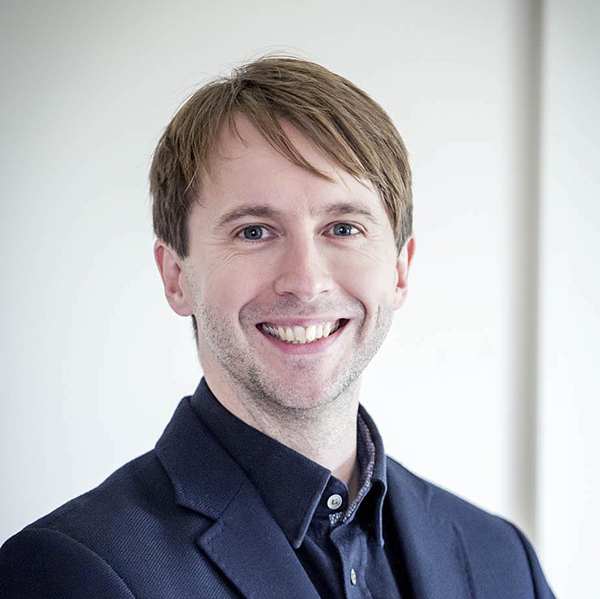
Life in a diverse microbial community, such as the human microbiome, can be highly competitive. Using a combination of theory and experiment, we study what it takes for bacteria to succeed in such communities. One way is to actively kill and inhibit competitors and I will discuss our latest work on the evolution of bacterial warfare. We are now also seeking to use our understanding of bacterial competition to manipulate gut communities for better health.
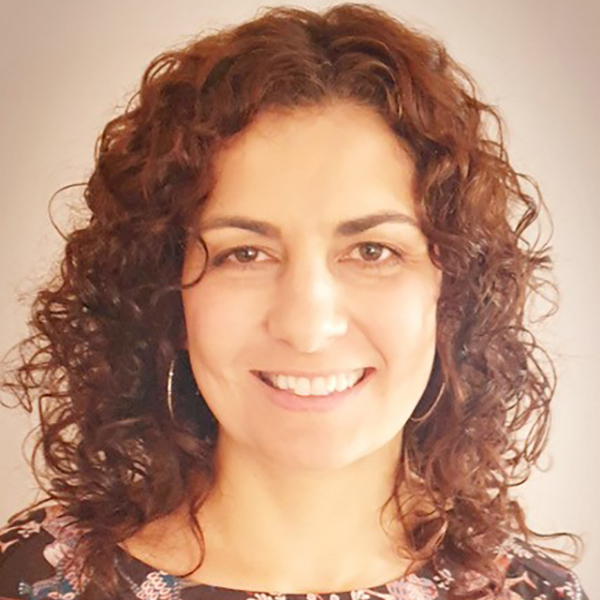
Sarela Garcia-Santamarina
ITQB-IGC, Portugal
Common therapeutics induce emergent behaviors on in vitro gut bacterial communities
Commonly prescribed therapeutics can change our gut microbiome composition and function. Reciprocally, the metabolic activity of the gut microbiome can alter the bioavailability, efficacy, mode of action and secondary effects of therapeutics. Understanding how drugs and gut microbes interact is crucial to design improved personalized therapies that take into account the interpersonal variability in gut microbiome composition and genetic repertoire.
High-throughput in vitro approaches have provided the first systematic views of direct gut microbiome-drug interactions. Recent reports have showcased that many non-antibiotics directly inhibited the growth of specific gut microbial species in monocultures. Yet, in our gut microbiome, bacteria are not present in isolation but co-exist in communities. Here, I will show the results of a recent screening aimed to assess how many of these drug-microbe interactions transpire in complex communities, the effects the community provides to drug responses, and mechanisms of interaction.
Organizing Committee 2023
- Hammam Antar
- Ophélie Gosselin
- Afonso Bravo
- Irina Terekhova
- Evgeniya Trofimenko
- Philipp Walch
- Ali Hallaj
- Bevika Sewgoolam
- Ludivine Brandt
- Maya Houmel
- Natalia Gaarslev
- Roberto Avendaño
